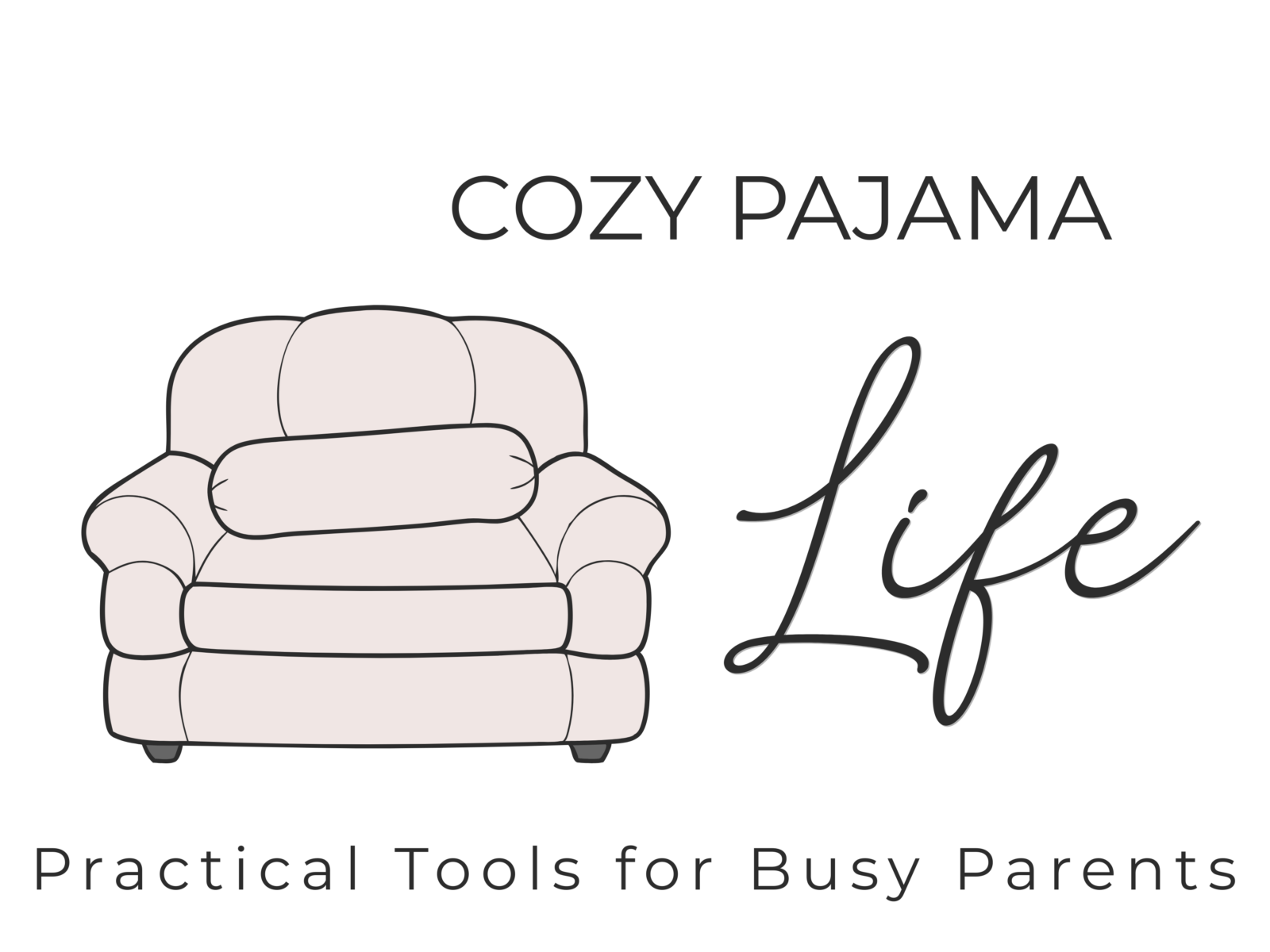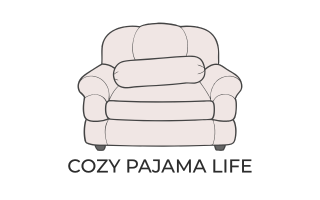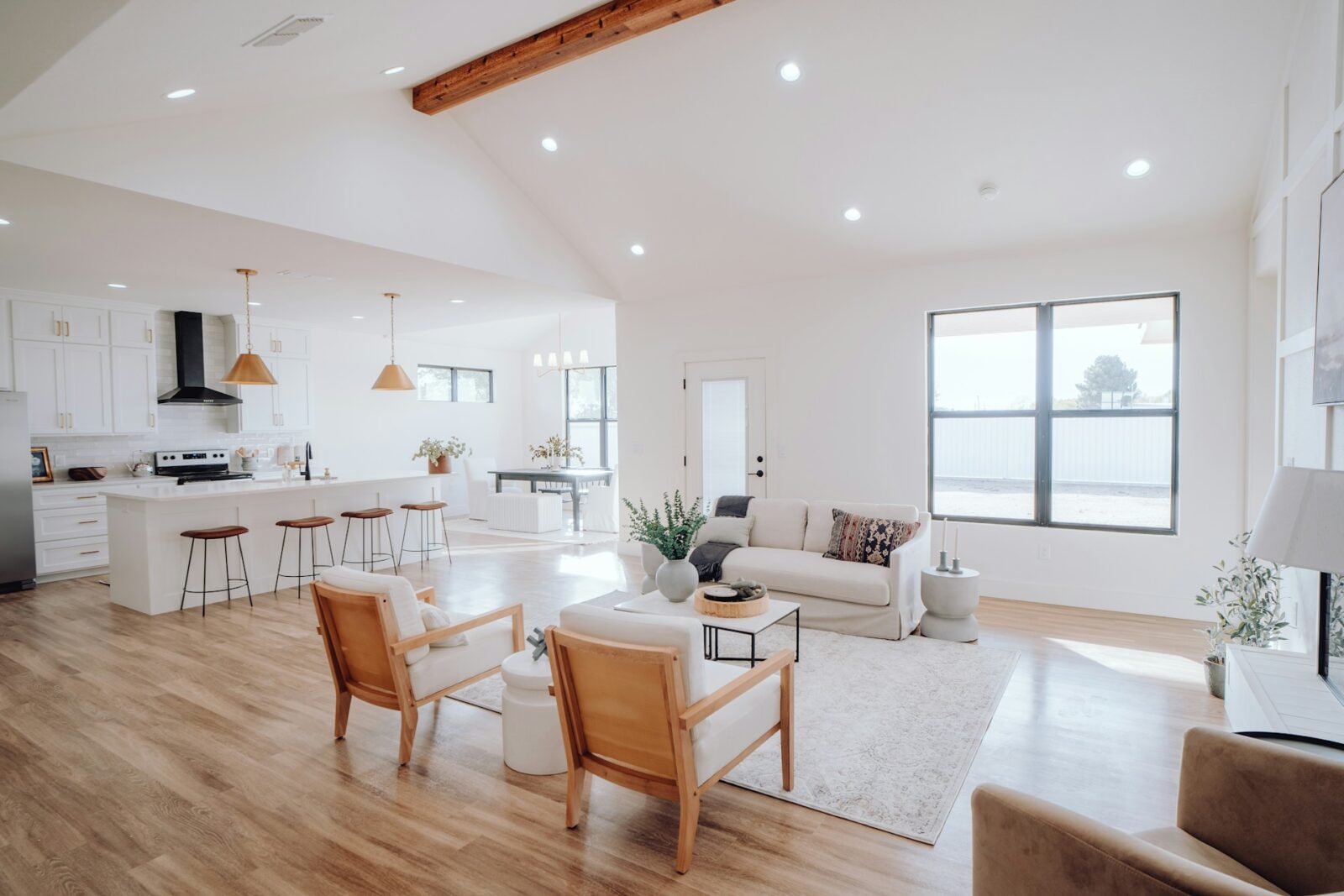3 Ways Minimalism at Home Cuts Costs and Stress
A few years ago, I came across the concept of Swedish Death Cleaning—a blunt but freeing approach to decluttering that changed everything for me.
It was my first real introduction to minimalism at home, and I quickly realized how much unnecessary stress and financial strain clutter was adding to my life.
The idea is simple: Instead of leaving behind an overwhelming mess for loved ones to deal with, you clear out unnecessary belongings while you’re still here.
It struck a nerve. I wasn’t planning on leaving this world anytime soon, but I had a house full of things I didn’t need, use, or even like.
That’s when I started looking at my home differently.
Every closet, drawer, and surface held something that once seemed necessary but had slowly become clutter.
The more I let go, the lighter I felt—and the more I realized how minimalism at home could reduce stress and even improve my finances.
Decluttering My Space (and My Mind)
I’d love to say I’ve mastered minimalism, but the truth is, I fall into a rut every few months.
Life gets busy, and clutter creeps back in.
The key for me has been having systems in place that make it easier to reset rather than starting from scratch every time.
I didn’t wake up one day and throw everything out.
Instead, I tackled it gradually, creating systems that made decluttering part of my daily life.
Here’s what worked for me:
1. Designated Donation Baskets
I put a basket in a corner of my bedroom and another near the front door.
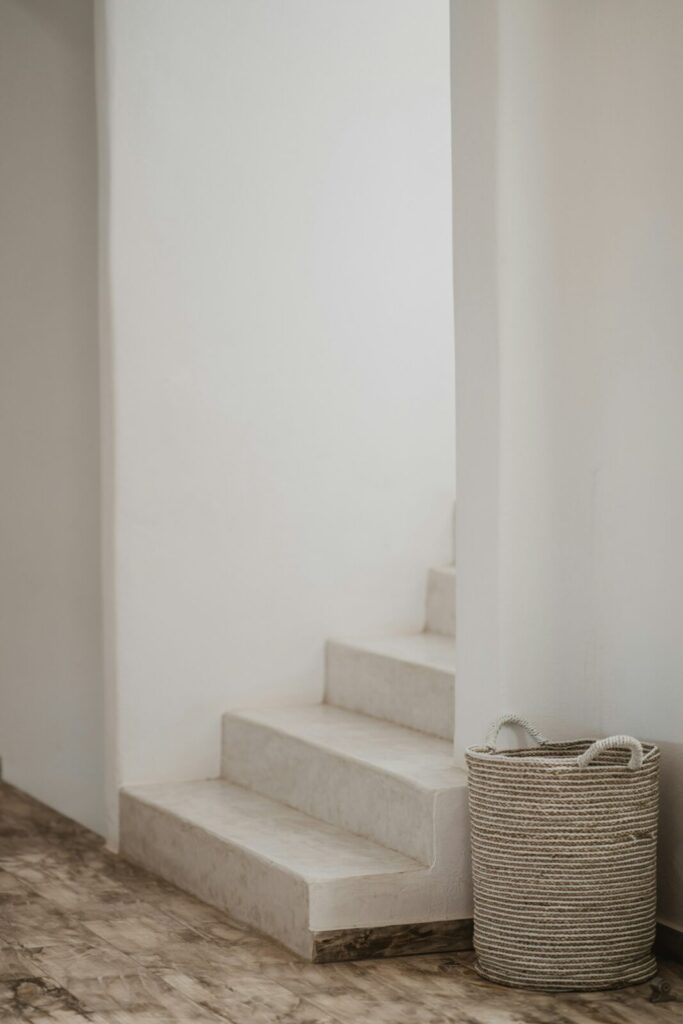
Once full, I put it in my car’s trunk and dropped it off at a donation center on errand runs.
Whenever I found something I didn’t need—an old sweater, duplicate kitchen tools, or books I didn’t want to keep—it went straight into the basket.
Next time, I plan to try Pickup Please, a service I heard about recently that offers scheduled pickups for donations without requiring me to be home.
I definitely like the sound of saving myself an extra trip.
2. The “Would I Buy This Again?” Rule
Instead of asking if an item sparked joy (because honestly, my blender doesn’t spark joy, but I need it), I asked myself, Would I buy this again today?
If the answer was no, it had to go.
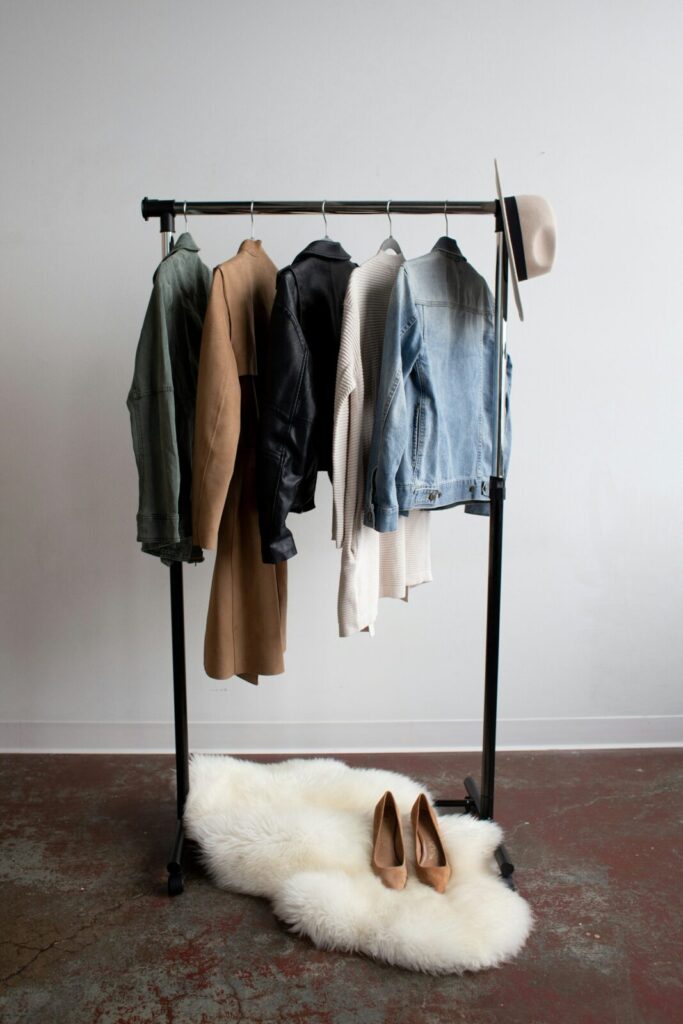
3. Stopping the Flow of Stuff
It didn’t take long to notice that decluttering was pointless if I kept bringing in more.
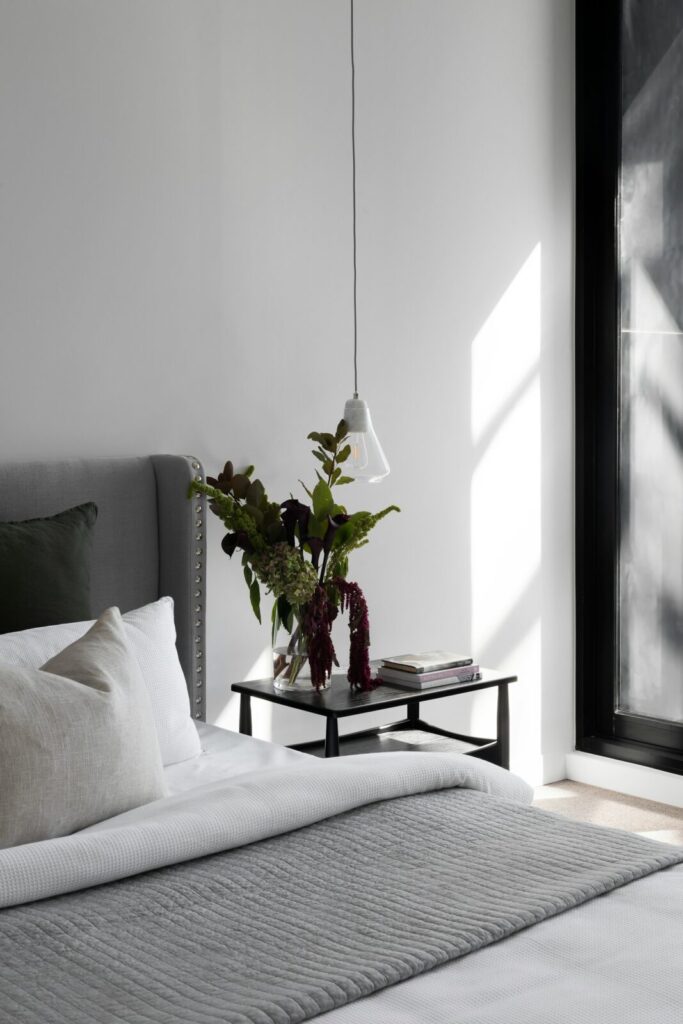
Did I really need another throw blanket?
Was that clearance sale actually saving me money?
Breaking the cycle of impulse buying made a bigger financial impact than I expected.
The Financial Benefits of Owning Less
Minimalism at home isn’t just about creating a Pinterest-perfect aesthetic. It can have a real effect on your wallet. Here’s how:
- Less Mindless Spending: I became hyper-aware of where my money was going.
I stopped buying things just because they were on sale or because I might use them someday. - Lower Home Costs: Having fewer things meant I didn’t need as much storage.
I stopped buying unnecessary organization products and found I didn’t need as many storage solutions as I once thought. - Reduced Maintenance Costs: Owning less means spending less on upkeep. Fewer clothes meant fewer dry-cleaning bills. A simplified kitchen meant fewer gadgets to replace.
- Higher Resale Value on Items I Actually Sold: I’m not big on reselling, but when I realized a pair of barely-worn running shoes didn’t fit right, I listed them online and made a little extra cash.
It wasn’t about making a profit—it just felt good knowing they went to someone who would actually use them.
Small Changes That Made a Big Difference
Minimalism isn’t just about decluttering. It’s about simplifying everyday routines to create a calmer, less stressful life.
Here’s how I made that shift:
1. A Capsule Wardrobe That Actually Works
I put together a small collection of versatile basics I actually enjoy wearing.
Getting dressed is rarely a struggle now, and I always have something that feels right.
2. A Kitchen That’s Functional, Not Overwhelming
I donated extra mugs, unused gadgets, and mismatched Tupperware.
Now, cooking feels easier and more enjoyable because I’m not rummaging through clutter to find what I need.
3. The 10-Minute Reset
Every evening, I spend ten minutes putting things back in their place.
No deep cleaning—just tidying up surfaces, folding blankets, and clearing the kitchen counter. Unless I’m completely drained,
I always unload and load the dishwasher before bed so my sink stays empty.
Waking up to a clean sink makes my whole day feel like it’s off to a great start.
Getting Started With Minimalism at Home
You don’t have to do it all at once.
Start with a single space—a drawer, a shelf, or even just your car.
Small changes add up, and before you know it, you’ll feel the stress lift as your home becomes lighter and more intentional.
If you’re like me, minimalism at home isn’t just about aesthetics—it’s about creating a space that clears mental clutter, too.
External Resources:
What’s the first thing you’d declutter? Let me know in the comments—I’d love to hear your take on minimalism at home!
